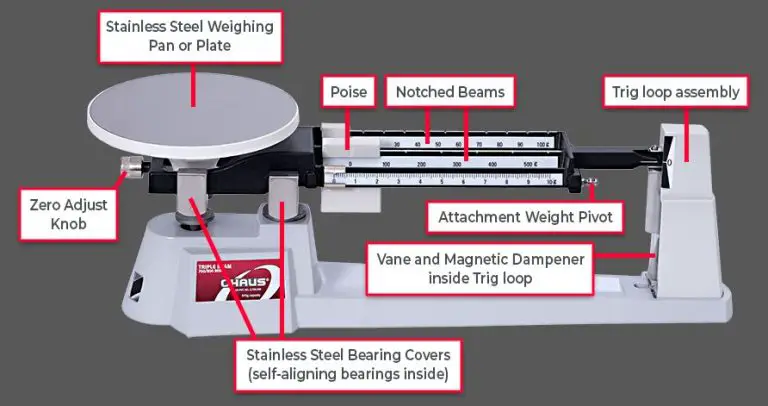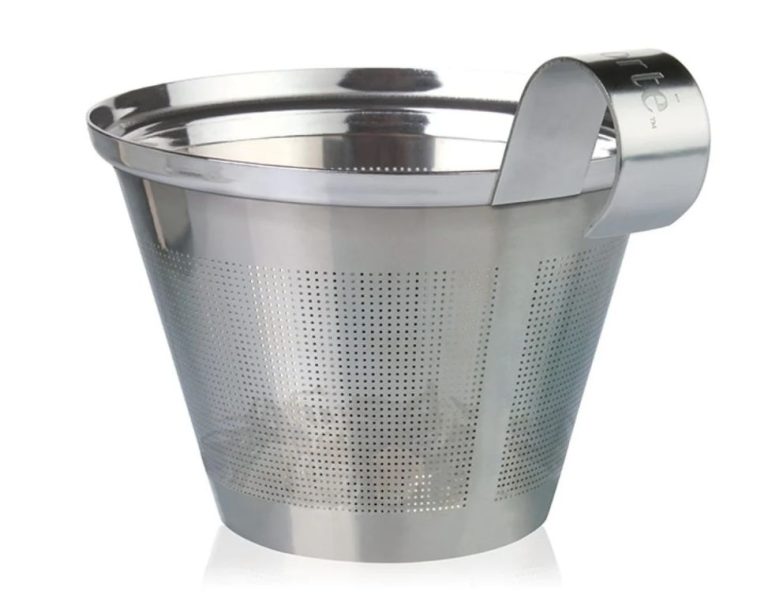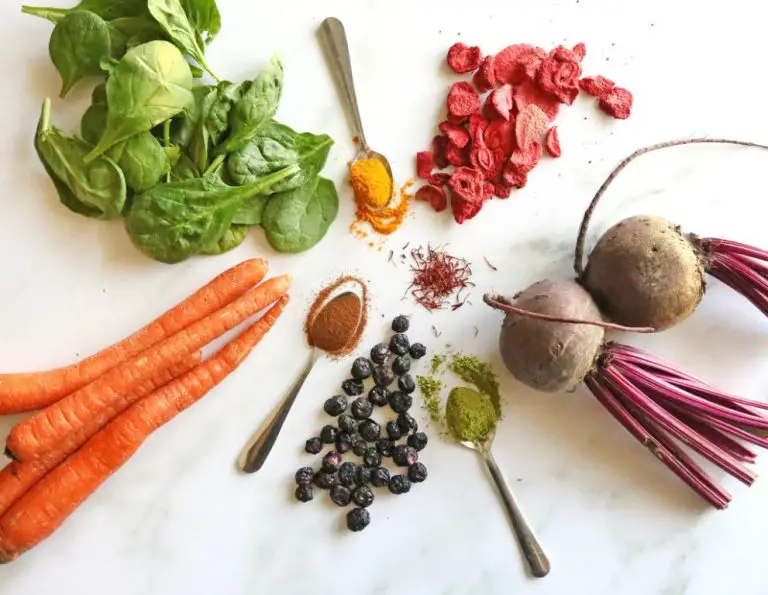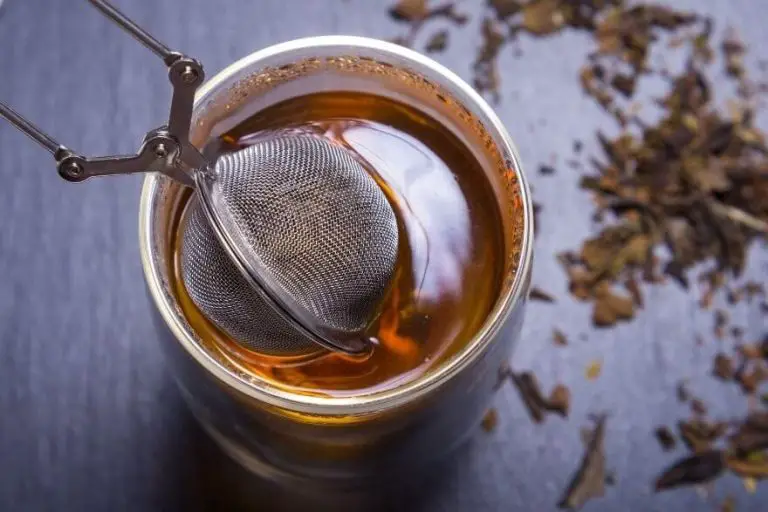Can You Make Clay Tools?
Clay tools are objects made out of clay that are designed and shaped by hand to perform a specific function or serve a decorative purpose. Clay tools have been used since ancient times across many cultures for cooking, storing food and water, making pottery and sculpture, and in spiritual ceremonies and rituals. The oldest known clay tools date back over 25,000 years to the Paleolithic era.
Making functional or decorative clay tools is an accessible and satisfying craft that only requires some clay, simple tools, and creativity. With practice, clay can be shaped into anything from basic utensils to intricate works of art. The process involves sculpting the desired form out of clay, decorating or texturing the surface, allowing it to dry fully, and finally firing it in a kiln to harden and set the clay. With an understanding of the properties of clay, anyone can make their own unique clay tools using methods that have been passed down for generations.
Clay tools are one of humanity’s oldest technologies, allowing us to store and prepare food, transport water, create artworks, and embellish our lives. Making your own clay tools connects you with this long tradition of crafting functional beauty from the earth.
Gathering Clay and Supplies
To make your own clay tools, you’ll first need to gather the right materials. The type of clay you choose is important, as some clays are better suited for tools than others. Avoid clays that are low-fire or air-dry only, as they won’t hold up well to repeated use. Good options include natural clays like red or grey clay, polymer clay, or commercial pottery clay like stoneware or porcelain.
Look for clay that has good plasticity, meaning it is smooth and flexible when conditioned, neither too sticky nor too crumbly. Test a small piece to ensure it doesn’t crack or break when bent or shaped. Moist clay with some slip is easiest to work with.
In addition to clay, collect other materials from nature that can be used as tools. Smooth stones, sticks, and seashells make great shaping and texturing tools. Look for materials with interesting shapes and textures. Avoid porous materials like wood that may soak up moisture from the clay. Clean them before use to remove dirt and debris. With the right clay and natural tool materials, you’ll be ready to start crafting your own customized clay working tools!
Shaping the Clay
Once you have your clay prepared, it’s time to start shaping it into a tool or object. There are several techniques you can use to manipulate the clay:
Pinching – Pinching is likely the easiest and most intuitive way to shape clay. Take a ball of clay in your hands and slowly pinch it into the desired shape. Pinch tall cylindrical shapes for handles or long tapered points for etching tools. Pinch rounded or smooth shapes for spoon ends or jewelry pendants.
Coiling – Coiling involves rolling clay into long snake-like coils, then stacking the coils to build up 3D shapes. Coiling is great for making curved objects like bowls, cups or vases. Coil thin strands for delicate works or thick coils for sturdy pots.
Slab Building – For slab building, roll out a flat sheet or ‘slab’ of clay with a rolling pin. Cut shapes from the slab and join them by smoothing and blending the edges together. Slab building is useful for making flat items like tiles, plates or boxes.
Take time shaping the clay into clean lines and smooth surfaces. Let the clay firm up a bit before refining the details. Fold over soft clay to make loop handles. Cut notches and grooves to add texture. Blend coils together to erase seam lines. Shaping the clay is an exciting step that brings your creation to life!
Texturing the Clay
One of the most engaging parts of working with clay is imprinting textures and patterns into the surface. Texturing clay adds visual interest and can complement the form and purpose of the clay piece. There are many techniques to imprint textures into clay using easily accessible materials.
A simple texturing technique is pressing found objects into the surface of the clay to imprint their patterns and shapes. Things like feathers, leaves, seashells, nuts, bolts, and mesh can be used to create beautiful organic and geometric designs. Press the objects gently into the clay, being careful not to tear the surface. The objects can also be rolled over the clay to impart repetitive designs.
Incising the clay by scratching in designs with tools is another easy texturing method. Sharp wooden sticks, skewers and dull knives can be used to carve fine lines and markings into the clay. Consider making patterns like wavy lines, spirals, dots and hatching. If the clay is very soft, tools may tear the surface, so letting it firm up slightly first is best for incising. The textures from incising and carving create interesting visual dimensionality.
Experimenting with different texturing techniques and tools allows endless possibilities for stamping the clay with unique designs. Textures give clay art incredible visual appeal by enhancing the organic nature of clay.
Drying the Clay
After you have shaped your clay creation, the next important step is allowing it to dry properly before firing. There are a couple effective techniques for drying clay:
Air Drying Tips
Air drying is the most accessible drying method. To air dry clay, allow your creations to sit at room temperature out of direct sunlight. Make sure air can circulate around the clay. Dry flat items on a rack so air reaches both sides. For sculptures or figures, dry on newspaper or cloth. Turn periodically so all sides dry evenly. Air drying can take 1-2 weeks depending on climate, thickness of the clay, and size of the pieces.
Using a Low Temperature Oven
You can speed up the drying process by using a kitchen oven on the lowest temperature setting, generally around 200°F. Place items on a baking sheet or foil and bake for 30-60 minutes. Check frequently as exact timing will vary. Once the clay holds its shape and no longer looks wet, it is ready for firing. This low heat method can dry clay in just a few hours.
Firing the Clay
Firing the clay is a crucial step in hardening and strengthening clay that has been shaped into tools, artwork or other objects. There are two main methods of firing clay – pit firing and kiln firing.
Pit firing involves placing the dried clay pieces into a fire pit lined with combustible materials like sawdust, wood chips or charcoal. The fire is lit and burns for several hours, with temperatures typically reaching around 1000-1600°F. This allows the physical and chemical changes to occur in the clay that create hardness and permanence. Pit firing often results in decorative effects on the surface due to the smoke and flame. It requires patience as firing and cooling times can be lengthy.
Kiln firing offers more control over temperatures and timing. Electric and gas kilns allow firing at specific temperatures for precise lengths of time. Typical clay firing temperatures are around ^1100-2200°F, depending on the clay type and desired results. Higher temperatures result in harder, more durable clay with less porosity. Fast firing in a kiln produces smoother clay; slow firing can create interesting crackled textures. The kiln allows uniform heating and cooling, resulting in more consistent characteristics throughout the clay.
Making a Clay Pot
One of the most common and straightforward ways to make functional clay tools is by shaping clay into pots and containers. The coiling method is a classic technique for handbuilding clay pots.
To make a basic clay pot:
- Roll clay into long coils approximately 1/4″ thick.
- Begin coiling the clay, stacking the coils on top of each other to slowly build up the pot walls. Apply water or slip between each coil to help fuse them together.
- Use your fingers to smooth the coils together and blend the pot walls. Add more clay coils to reach your desired size and shape.
- Refine the rim and shape by gently rubbing with a wooden knife or kidney tool.
- Allow the pot to firm up slightly before burnishing. Use a wooden spoon, soft cloth, or specialized burnishing tool to smooth the pot’s surface.
- Burnishing compresses and polishes the clay, creating a tight surface that is water resistant when fired.
With practice, handbuilding clay pots using the coiling technique can yield beautiful and functional works of art. Be sure to allow adequate drying time before firing your creations in a kiln.
Making Clay Figurines
Figurines and sculptures are some of the most popular and rewarding clay projects. With clay, you can mold and shape realistic and fantastical characters with your hands. To start sculpting a figurine, begin with a mental image or sketch of the character you want to create. Prepare a ball or block of clay and begin shaping the basic form by pinching, pulling, and smoothing the clay.
Pay attention to proportions as you sculpt the body, head, limbs and other features. Consider starting with the body then adding smaller details like the head, hands, feet and accessories. Use clay sculpting tools like loop tools and ribbon tools to refine shapes and add texture. Let the clay firm up slightly between major shaping so details don’t get smushed.
To sculpt details like eyes, nose, mouth and other facial features, use a variety of techniques. Roll tiny balls of clay for eyes and press them into the face, pinch the nose into shape, and use a loop tool to define the lips. Use a clay ribbon tool or your fingers to add hair, clothing folds and other accents. Add earrings, headpieces, tools or other accessories to bring your character to life.
Take time shaping features and developing the character’s unique personality and pose. Consider making a simple base or stand to support the figure as you work. Allow your finished clay figure to dry completely before baking according to the clay instructions. With some patience and practice, you can create one-of-a-kind clay figurines to display.
Creating Clay Jewelry
Clay can be molded into beautiful jewelry pieces like pendants, beads, and rings. When working with clay jewelry, the shaping and finishing process is key.
To shape a pendant, roll clay into a slab using an acrylic roller. Cut shapes from the slab using cookie cutters or a template. Use silicone molds to add textures and patterns. Let the clay pieces dry completely before baking them according to package directions.
For beads, roll clay into balls or tubes. Pierce holes with a skewer before baking. Consider mixing colors and patterns for visual interest.
Rings can be formed around a ring mandrel for proper sizing. Cut and smooth the edges to finish. Baking will harden the clay ring.
After baking clay pieces, sand any rough areas. Finish with a sealant if desired to add shine and durability. Finally, string pendants onto cord or chain. Use stretchy beading wire to string beads for necklaces or bracelets. Add findings like clasps and bead caps for a professional look.
With some creativity, clay can make lovely jewelry you’ll be proud to wear and gift.
Innovative Clay Tool Uses
While clay is commonly used to create pottery, sculptures, or jewelry, it can also be shaped into some more unexpected tools. With a bit of creativity, simple household items like needles, mirrors, and lamps can be molded from clay.
One innovative use of clay is to make specialized needles. A thick clay needle can be used in bookbinding to punch holes in paper. Blunt clay needles are also sometimes used in ceramics for carving fine details into leather-hard clay. The flexibility of the clay allows the needles to be bent into shapes that work for specific tasks.
Small clay mirrors are another unique application. While they don’t offer the same perfect reflection as glass, polished clay mirrors can provide a softly blurred natural look. These kinds of mirrors are often made by imprinting the clay with various found textures before firing.
Clay can also be shaped into miniature lamps, candle holders, or lanterns. Small indented areas can hold tea lights or electric lights. Oils lamps can be modeled with reservoirs and wicks. The light will shine through thinner areas of the clay.
With creativity and experimentation, clay can be fashioned into all kinds of non-traditional tools and decorative objects beyond just vessels and sculptures.




